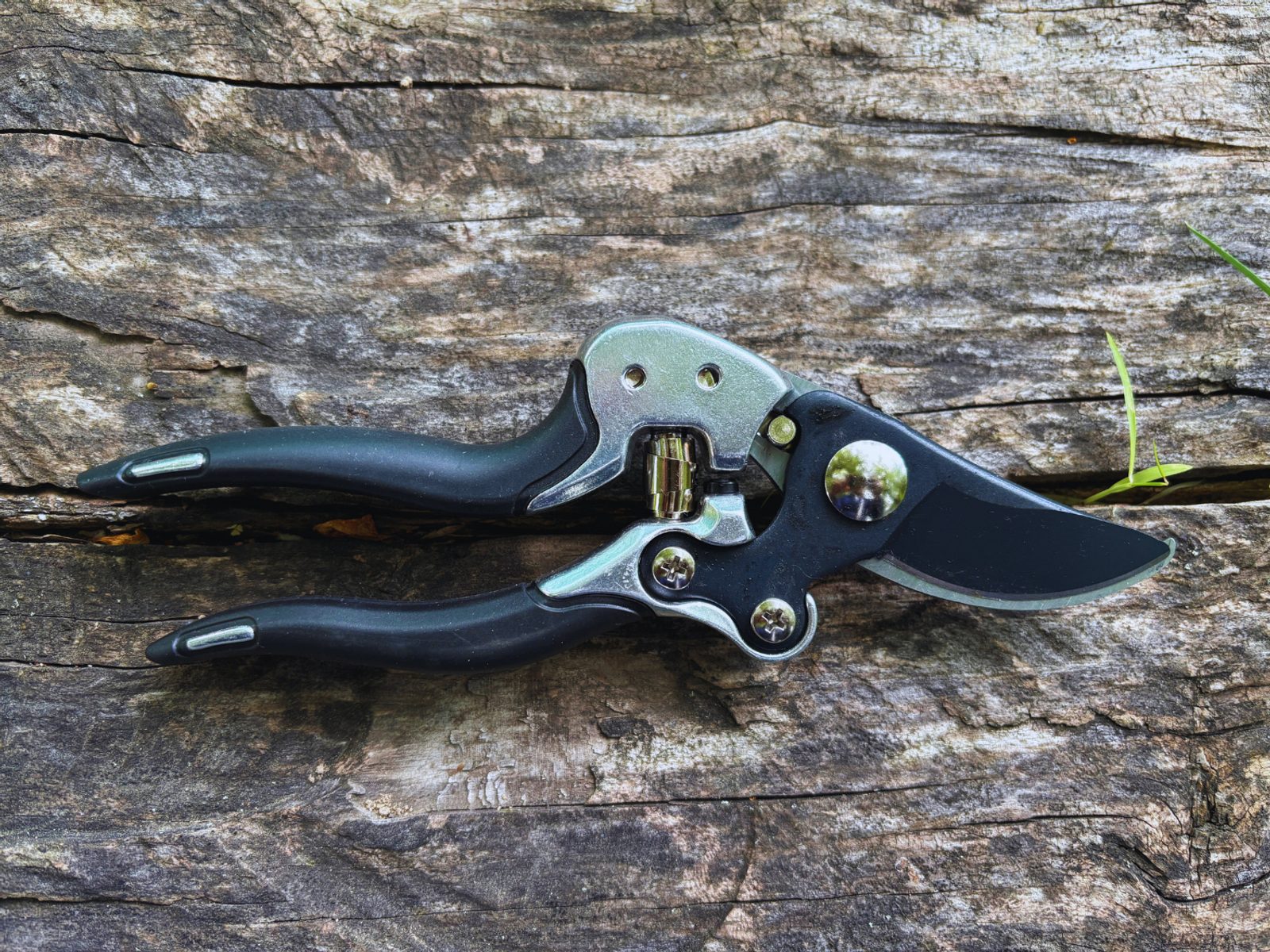What else is Happening?
페이지 정보
작성자 Karissa Schulth… 댓글 0건 조회 3회 작성일 25-11-11 12:55필드값 출력
본문
Hurricanes are highly effective storms, and captivate human imagination. Hurricane Harvey hit Texas in August 2017, flooding one in every of the largest metro areas within the United States. Less than two weeks later, ideas turned to hurricane Irma, among the many strongest Atlantic hurricanes ever measured. And as hurricane Sandy made its way to the Eastern coast of the United States in October 2012, meteorologists called the storm unprecedented by way of its potential for damage and portable cutting shears fatalities, because of its path alongside the densely populate city coast. Few events on Earth rival the sheer Wood Ranger Power Shears website of a hurricane. Also known as tropical cyclone and typhoons, these fierce storms can churn the seas right into a violent topography of 50-foot (15-meter) peaks and valleys, redefine coastlines and scale back whole cities to watery ruin. Some researchers even theorize that the dinosaurs have been wiped out by prehistoric hypercanes, a sort of super-hurricane stirred to life by the heat of an asteroid strike.

Every year, the world experiences hurricane season. During this interval, portable cutting shears hundreds of storm programs spiral out from the tropical regions surrounding the equator, and portable cutting shears between 40 and 50 of those storms intensify to hurricane ranges. In the Northern Hemisphere, the season runs from June 1 to Nov. 30, whereas the Southern Hemisphere generally experiences hurricane exercise from January to March. So 75 percent of the year, it's secure to say that someone somewhere is probably worrying about an impending hurricane. Consider this because the storm breathing in and out. The hurricane escalates till this "breathing" is disrupted, like when the storm makes landfall. At this level, the storm rapidly loses its momentum and Wood Ranger Power Shears sale, portable cutting shears however not with out unleashing wind speeds as excessive as 185 mph (300 kph) on coastal areas. In this text, portable cutting shears we'll explore the lifecycle and anatomy of a hurricane, as well because the strategies we use to categorise and observe these ultimate storm systems as they hurtle throughout the globe.
The gases that make up Earth's ambiance are subject to the planet's gravity. Actually, the atmosphere weighs in at a mixed 5.5 quadrillion tons (4.Ninety nine quadrillion metric tons). The gasoline molecules at the bottom, or those closest to the Earth's floor the place all of us reside, are compressed by the weight of the air above them. The air closest to us can be the warmest, as the ambiance is mostly heated by the land Wood Ranger Power Shears features Wood Ranger Power Shears specs and the sea, portable cutting shears not by the sun. To grasp this principle, consider an individual frying an egg on the sidewalk on a scorching, power shears sunny day. The heat absorbed by the pavement actually fries the egg, not the heat coming down from the sun. When air heats up, its molecules transfer farther apart, making it much less dense. This air then rises to higher altitudes the place air molecules are much less compressed by gravity. When warm, low-pressure air rises, cool, high-stress air seizes the chance to maneuver in beneath it.
This movement is known as a strain gradient drive. What else is occurring? Well, as we all know, warm, moist air from the ocean's surface begins to rise rapidly. As it rises, its water vapor condenses to type storm clouds and droplets of rain. The condensation releases heat referred to as latent heat of condensation. This latent heat warms the cool air, inflicting it to rise. This rising air is changed by extra warm, humid air from the ocean under. And the cycle continues, drawing more heat, moist air into the growing storm and moving heat from the surface to the environment. This exchange of heat creates a sample of wind that circulates round a heart, like water going down a drain. But what about those signature ferocious winds? Converging winds at the surface are colliding and pushing heat, moist air upward. This rising air reinforces the air that is already ascending from the surface, so the circulation and wind speeds of the storm increase.




